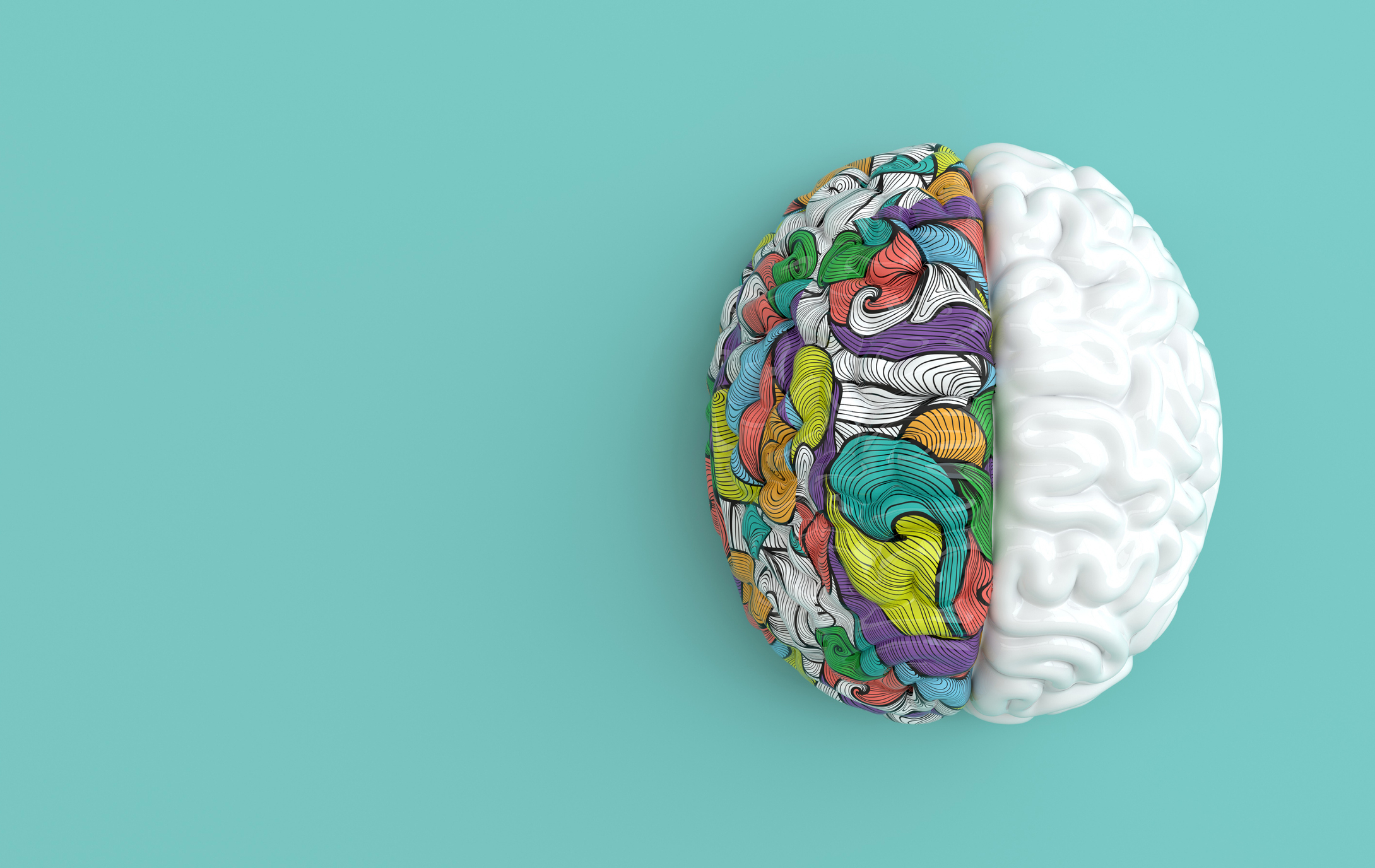While it’s true that most of our designing here at Primary is done on computers, we often ask ourselves if we are being as “green” as we can possibly be around the office. Here are some great tips/simple practices that we try to follow.
Paper
Recycled Paper – Dick Blick has a whole line of eco-friendly products including recycled paper pads. These are great if you need to do some preliminary sketches. Cast Iron Design is also spreading awareness with their beautiful recycled pocket-sized notebooks.
Recyclable Types of Paper – Many folks don’t know what can properly be recycled at work or home. Check your local city’s recycling facility website for a more accurate list. Some lesser-known recyclable materials include:
• Post-it notes – The color and adhesive properties do not interfere with the recycling process.
• Shredded paper – Yes, however, paper is built up of fibers, the longer the fibers the better. So if these aren’t practically confetti size, it should be recycled. Just remember to remove staples and reuse your paperclips!
Remember too that paper isn’t one-sided, so flip it over and use the backside if you’ve made a mistake.
Writing Utensils
Pens – Take your meetings notes with these cool Eco-Pens that could be made of cardboard, bamboo, water bottles, and more.
Drawing Pencils – Doodling ideas? Derwent Graphic Pencils use leftover timber ends and a UV cured coated finish that reduces energy consumption in the process. Faber Castell Pastel Pencils are made of natural wood and also have reduced energy consumption throughout production. In addition, the company has started a Brazilian reforesting project, supplying their own wood on a continuous basis and taking on their environmental responsibility.
Printing
Printers –ENERGY STAR qualified or sleep mode available printers will reduce energy usage. Toner Save or Fast Mode printers will use less toner. Duplex printing will allow you to print on both sides, saving paper. All of these options will help save you/your company money while being more environmentally conscious.
• Ink/Toner – Print on the lighter side with a few of these less toxic toner and ink options.
• Low-VOC or VOC-free inks and solvents – Toner itself is considered non-toxic but the printing process of melting laser toners emits Volatile Organic Compounds (VOC). VOCs have heavy metals including include lead, cadmium, chromium, mercury, antimony, barium, selenium, silver, nickel, copper and arsenic and if not properly disposed, it can pollute water supplies.
• Vegetable or soy-based inks – To go with the “greenest” solution, vegetable or soy-based inksare great alternatives. Some soy inks enhance the color pigment and appear more vibrant. Soy ink also spreads 15% further reducing ink use and removes more easily than regular ink during the paper recycling process.
• Cartridge refills/recycling – Staples, Costco, or other local shops near you can refill your toner/ink cartridges, which is both convenient and cost effective than buying new ones each time they’re empty. You can even do it yourself with a refill kit. Staples provide $2 Staples Rewards for recycling your empty cartridges.
*You can prolong the shelf-life as long as they remain in their sealed packaging and kept in a cool dry place. Toner and ink expiration dates are not exact and many function perfectly fine well after their date.
Other Green Options for the Office Environment
• Turning off your PCs at night
• Energy efficient light bulbs
• Reusable eating utensils & plates instead of plastic or paper
• Reusable water bottles & mugs instead of Styrofoam or paper
• Resist the K-Cups (K-Cups are not recyclable: regrets from the inventor)
We can all be environmentally responsible with our daily practices. There’s no reason not to do your part at home, in the office, in the community, or wherever you are. Keep it green!
[Photo credit: James Wang]




